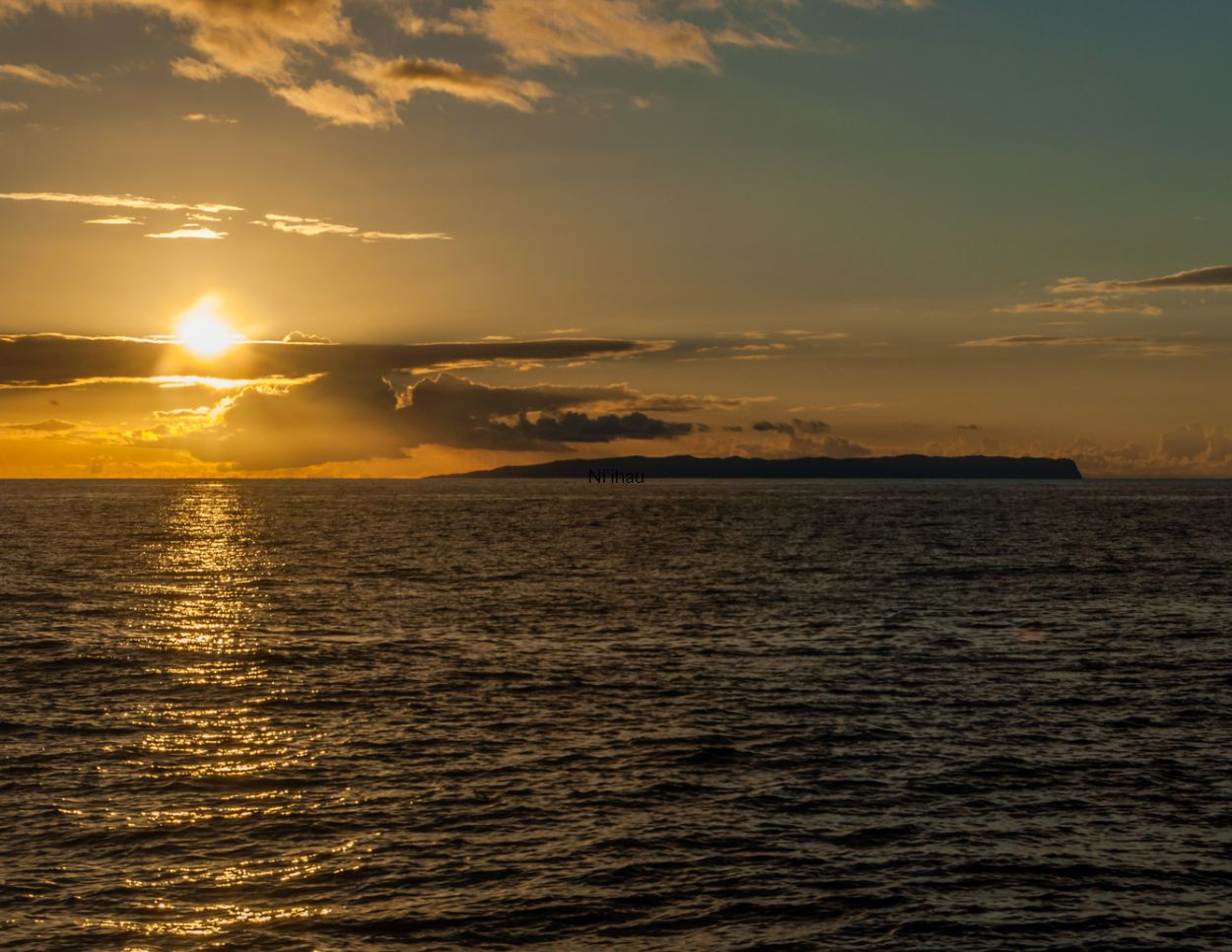Located just southwest of Kauai, the island of Ni‘ihau is often referred to as “The Forbidden Island.” This small island is privately owned and access is restricted to Native Hawaiian residents and those who have been granted special permission to visit.
A Small, Forbidden Island
Despite its small size, Ni‘ihau has a rich history and culture that sets it apart from the rest of the Hawaiian Islands. The island is home to a community of Native Hawaiians who have lived there for generations and have preserved their traditional way of life.
One of the things that makes Ni‘ihau unique is its isolation from the rest of the world. There are no roads, no cars, and no electricity on the island. The Native Hawaiian residents live a simple, self-sustaining lifestyle and rely on the land and sea for their livelihood.
While tourism is not allowed on Ni‘ihau, visitors can still experience the island’s natural beauty and cultural traditions through special tours and activities. These tours are organized through the Ni‘ihau Cultural Heritage Foundation and offer visitors a glimpse into the daily life of the island’s residents.
A Snorkelling Paradise
One of the most popular activities on Ni‘ihau is snorkeling, as the island’s waters are home to a diverse array of marine life. The island is also known for its abundant population of Nihoa finches, a rare and endangered species of bird.
Despite its isolation, Ni‘ihau has played a significant role in Hawaiian history. It was the site of a major battle during the Hawaiian Civil War and was used as a training ground for soldiers during World War II.
Overall, Ni‘ihau is a truly unique and special place that offers a rare glimpse into the traditional way of life of Native Hawaiians. It’s a place that should be experienced and respected for its rich culture and history.
History of Ni’ihau
Ni’hau is the westernmost and seventh largest of the main Hawaiian Islands. The island is located about 18 miles southwest of Kaua’i, and is the only privately owned of the main Hawaiian Islands. The Robinson family, who purchased the island in 1864, still owns and manages it today.
Ni’hau has a total land area of about 69 square miles and a population of around 170 people, most of whom are Native Hawaiians. The island is known for its unique ecosystem and traditional Hawaiian culture.
Ni’hau Has Extreme Bio-diversity.
One of the most notable features of Ni’hau is its unique ecosystem. The island is home to a number of endemic species of plants and animals, including the Ni’hau shell lei, a type of snail found only on the island. The island is also home to the endangered Hawaiian monk seal and the Nihoa finch, which is found only on Ni’hau and the nearby islet of Lehua.
The island’s ecosystem is also characterized by its relatively undisturbed native vegetation. Ni’hau has one of the largest expanses of native Hawaiian dryland forest in the main Hawaiian Islands, which is dominated by kiawe, a type of mesquite. The forest also includes a number of native Hawaiian plant species, such as the Hawaiian holly, or iliahi, and the Hawaiian sandalwood, or ‘iliahi.
In addition to its unique ecosystem, Ni’hau is also known for its traditional Hawaiian culture. The island is home to a number of cultural sites, including heiau, or ancient Hawaiian temples, and petroglyphs, or rock carvings. The island also has a strong tradition of Hawaiian language and customs, which are still practiced by many of its residents today.
Traditional Hawaiian Cultures Rules the Day
The island is also known for its traditional lei making, using shells found on the island’s beaches. The lei making is one of the main economic activities on the island, and it is also a way to preserve the traditional Hawaiian culture.
Ni’hau is also known for its isolation and remoteness. The island is only accessible by boat or helicopter, and visitors are only allowed with permission from the Robinson family. This has helped to protect the island’s unique ecosystem and traditional culture from outside influences.
Isolation Has Provided Challenges
The isolation of Ni’hau also has some negative impacts. The island is not connected to the main power grid, and relies on generators for electricity. This can make it difficult for residents to access some modern amenities and services.
Despite these challenges, the Robinson family and the residents of Ni’hau have worked to maintain the island’s unique ecosystem and traditional culture. The family has implemented a number of conservation measures, such as fencing off sensitive areas and removing non-native species, to protect the island’s native plants and animals. They also run a sustainable tourism program that allows visitors to experience the island’s unique culture and ecosystem while minimizing negative impacts.

